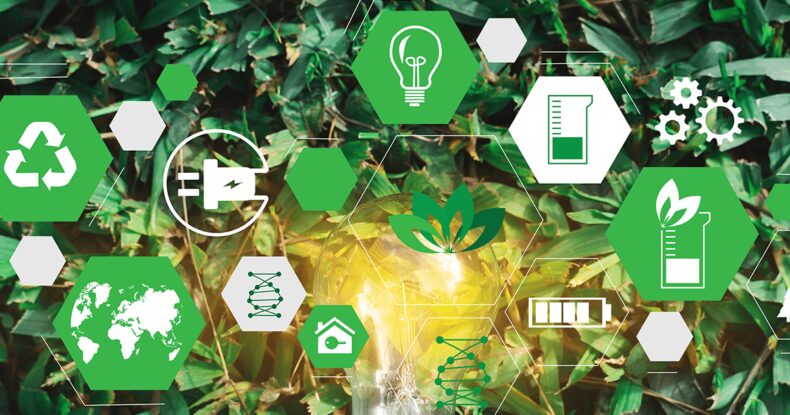Green Bonds – the concept and challenges in their implementation
At the climate conference in Egypt COP27, leaders and delegates from different countries came together to discuss ways to reduce emissions of greenhouse gases and promote sustainability, they even paved the way for green bonds.
These are the bonds or contracts which are linked with beneficial projects, to the environment, in the climate conference COP 27 this year different stakeholders discussed the ways of enhancing green bonds to sustain the environment. Green bonds have spawned as a new market for borrowers providing investments in sustainable and ecologically resilient projects.

Green bonds are also known as ‘use of proceeds bonds’ it involves raising money by a government or company for projects considered environmentally beneficial. For instance, any energy giant could raise funds for building a renewable power project.
These bonds are very much popular in Europe. This market help to raise funds at attractive rates and is liked by the borrowers. It should be noted that the term ‘greenium’ emulates that green bonds offer slightly lower yields than conventional debts.
Yet it has been criticized by the critics with s view that these bonds do not address the company’s wider environmental impacts and can allow energy, mining, and other global companies to claim green credentials without fundamentally changing their business models

The actual challenge in implementation
These green bonds help brown companies go green yet are difficult to sell in the market. There is a need for clear standards and guidelines for investors and bankers to ensure
The credibility of green bonds.
Highly polluting companies have to spend trillions of dollars to overcome their emissions according to the changing international law and scenario. Most often opt for SLB or Sustainability linked bonds which are a new type of bonds and are tied to the sustainability targets of the company which it has promised in case of non-compliance the companies have to pay a higher interest rate. Companies like Enel, Tesco, and Enbridge have promised to meet some environmental social, and governance goals like reducing the overall emissions of a company or introducing diversity in the nature of projects and making them eco-friendly up to a certain date.
Read More: Climate change is substantially more dangerous than cancer.
Although the critics have pointed out that the penalties to be paid are very paltry often amounting to only a meager 0.125% of the overall cost in the last years of the bond while most of the targets lack ambition and are quite easy to meet. It has been noted that SLBs allow banks to sell bonds and companies to raise cash without introducing any changes which may be beneficial for the environment. In September the bank for international settlements called on the governments to impose tougher penalties on them if they fail to meet the target within the stipulated timeframe, this is expected to resolve the credibility issue for the SLB market.

Way forward
Beyond bonds that focus on environmental outcomes mainly there must be bonds that may have a multidisciplinary approach like a sustainable development bond that raises money for a project that improves public health or a social bond that may be used to provide affordable housing for the homeless are also a welcome step. Hence green bonds if implemented properly in an efficient manner can bring huge success.
High-speed computational facilities were not available in India for a long time, making a centralized point for the collection and use of data is a welcome step that will ensure its efficient and planned use.
Read More: India has emerged among the top 3 economic powers globally













